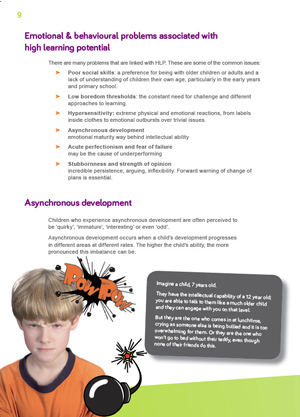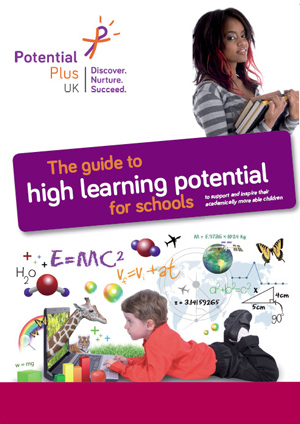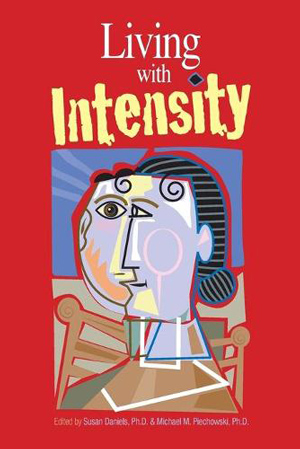Gifted children and adults are often misunderstood. Their excitement is viewed as excessive, their high energy as hyperactivity, their persistence as nagging, their imagination as not paying attention, their passion as being disruptive, their strong emotions and sensitivity as immaturity, and their creativity and self-directedness as oppositional. This book describes these overexcitabilities, as well as strategies for dealing with children and adults who experience them and offering practical methods for nurturing sensitivity, intensity, perfectionism and more.
As an Amazon Associate I earn from qualifying purchases

 This booklet helps schools to understand high learning potential. It covers recognising children with high learning potential in the classroom, myths and realities, asynchronous development, what dual or multiple exceptionality (DME) is, and tips for supporting children with high learning potential in the classroom.
This booklet helps schools to understand high learning potential. It covers recognising children with high learning potential in the classroom, myths and realities, asynchronous development, what dual or multiple exceptionality (DME) is, and tips for supporting children with high learning potential in the classroom.

